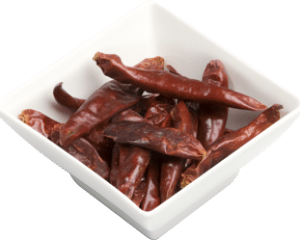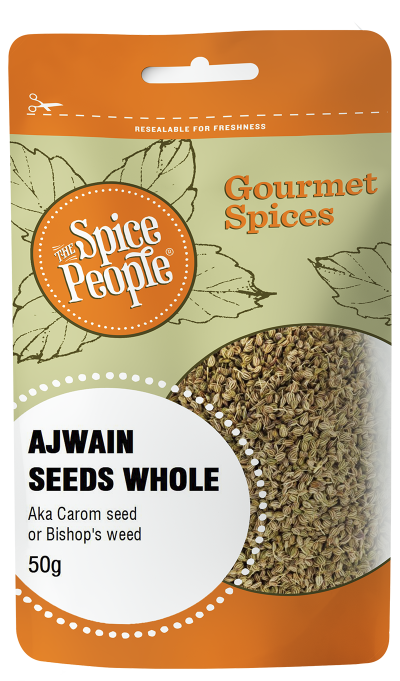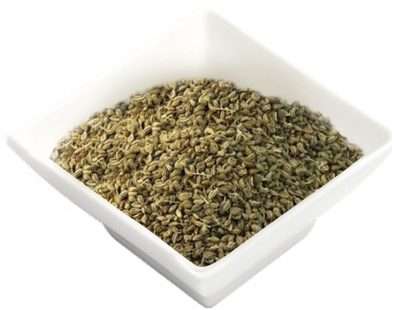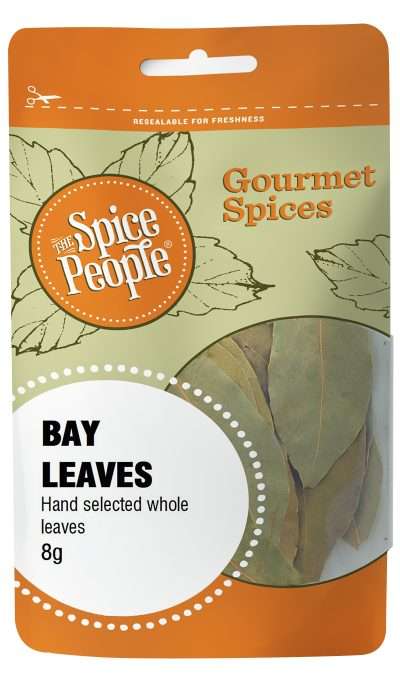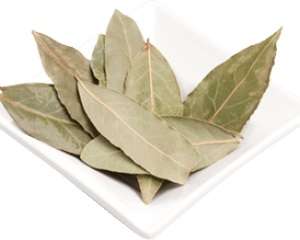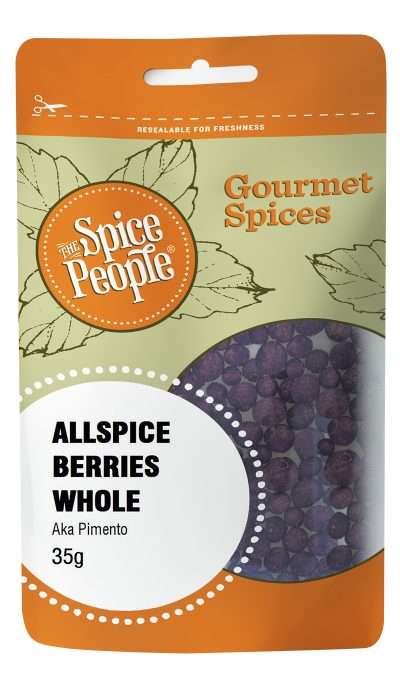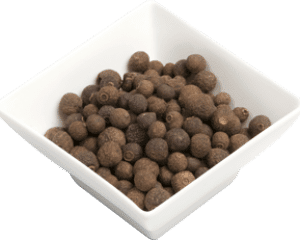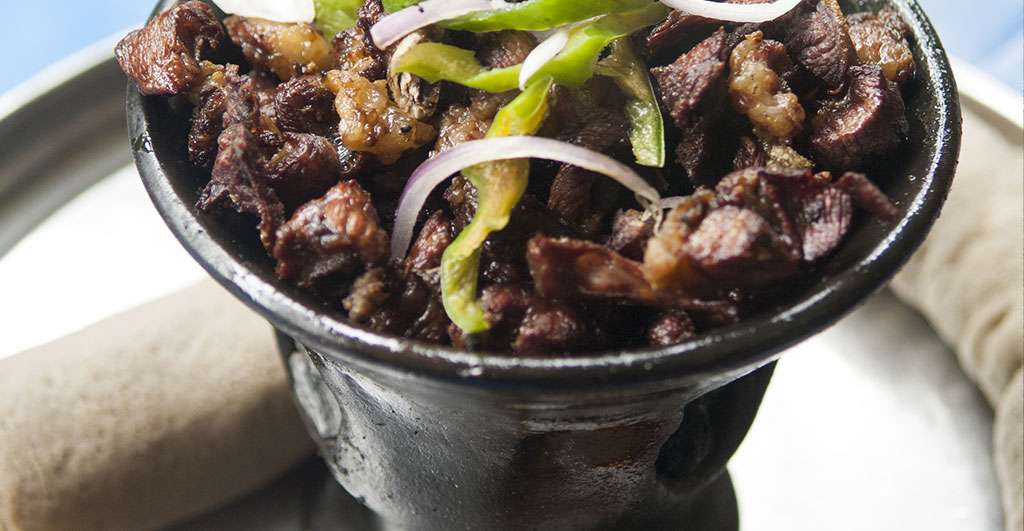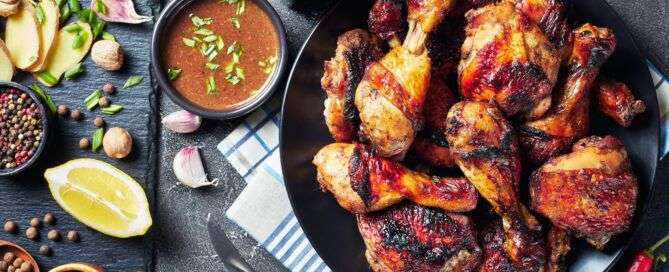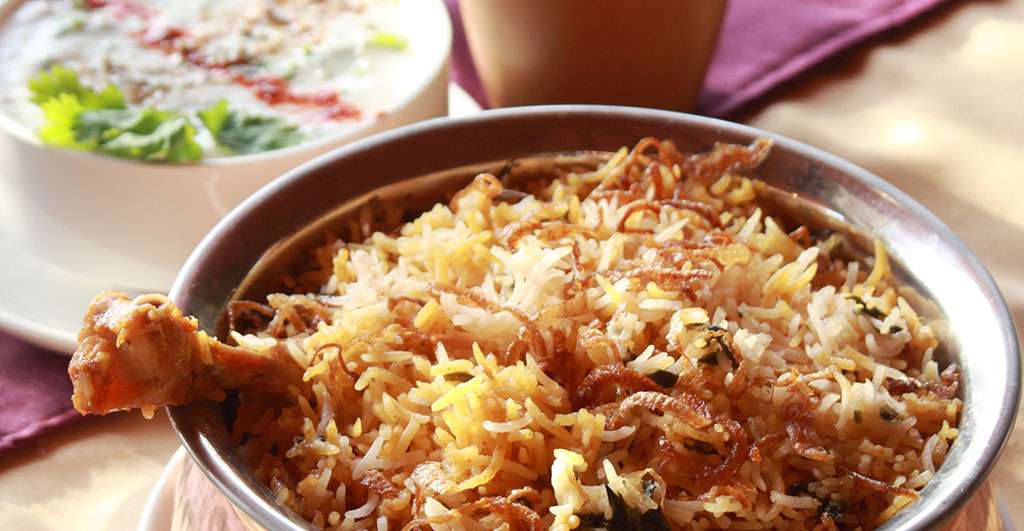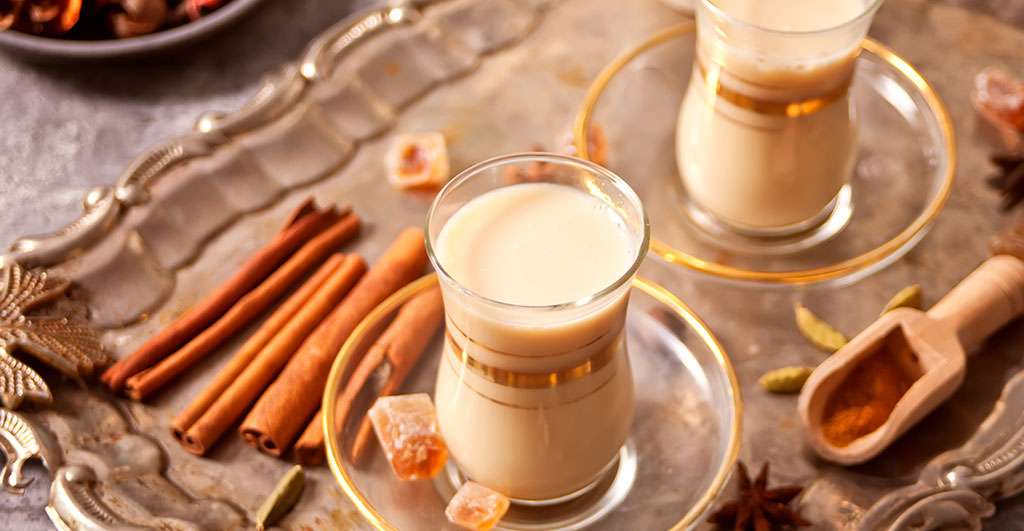Chillies Indian Whole – 20g
206 in stock
Product description
Chillies originated in the Americas but are now used all throughout the world to add flavour and heat to endless numbers of dishes. The flavour of dried chillies is quite different from their fresh counterparts due to the caramelisation of sugars that occurs during the drying process, creating a more complex flavour. They are used widely in Indian, Mexican, Asian and Italian cuisine.
Flavour Notes:
The flavour of dried Indian chillies is quite different from their fresh counterparts due to the caramelisation of sugars that occurs during the drying process, creating a more complex flavour. Medium in heat, you can add these chillies whole or crushed to a range of dishes to your heat tolerance and liking.
Culinary Notes:
Our dried Indian Chillies Whole can be chopped up dried or soaked and re-hydrated in hot water for 20 minutes before use. Their sweet capsicum-like flavour paired with a kick of heat make an excellent addition to Asian dishes like curries and stir fries or Mediterranean meals like pasta sauces, soups and slow cooks. They also make a great finishing garnish along with or in-place of fresh chillies or herbs.
Health Benefits:
All chillies contain capsaicin which is known to have many health benefits including boosting the immune system, eliminating inflammation and aiding in weight loss.
Ingredients:
100% dried Whole Indian Chillies
How to use
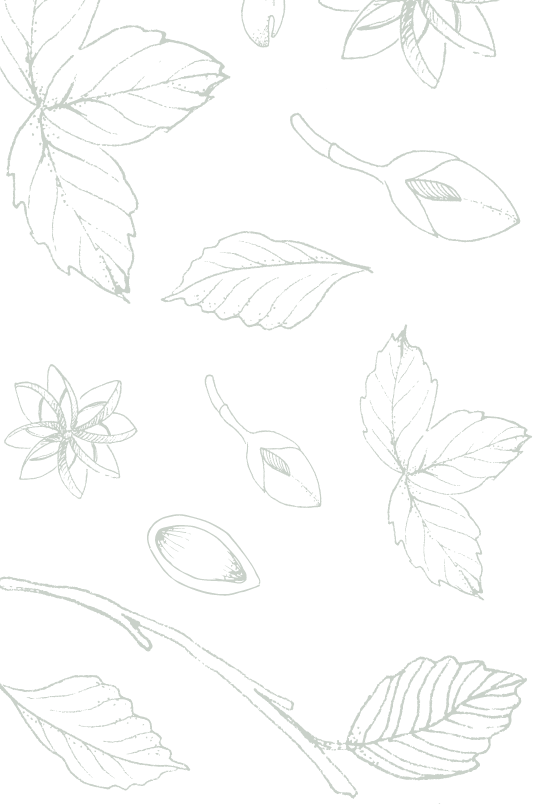
The Spice People FAQs


The Spice People FAQs

Other Spices you may like
Featured in



Join the Spice People to Get Started on Your Culinary Spice Journey!
Be the first to hear about our exclusive promotions, new product releases, recipes and more.

